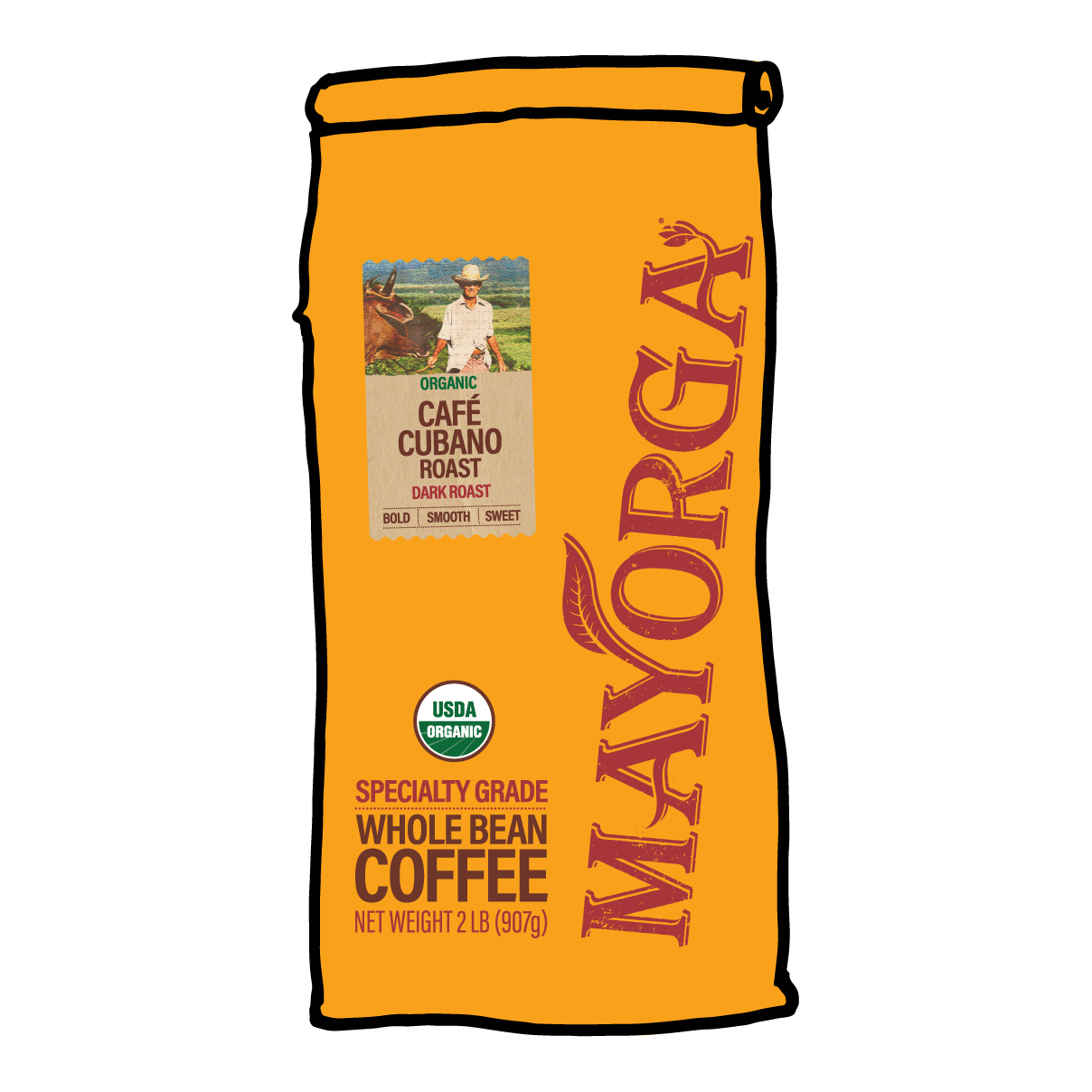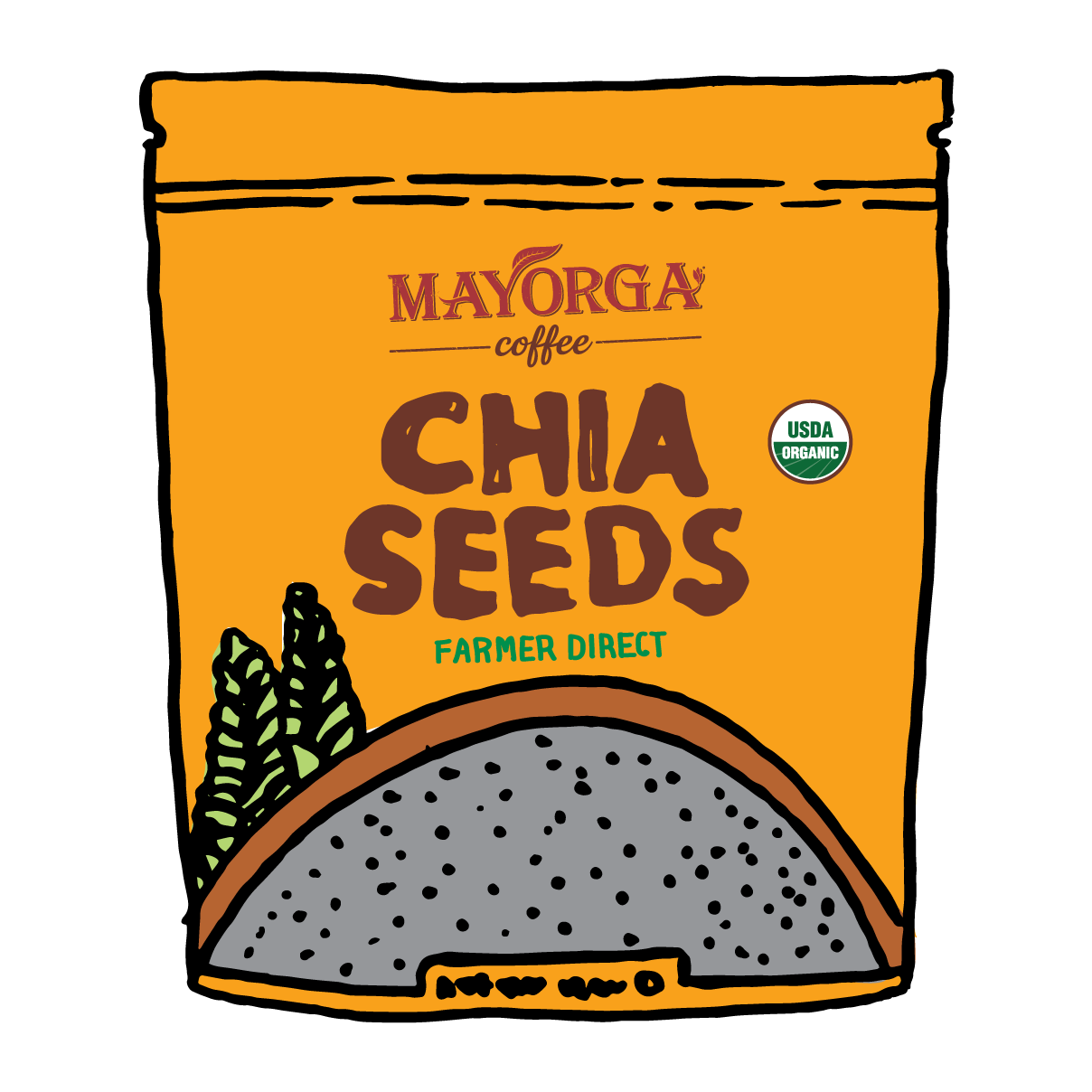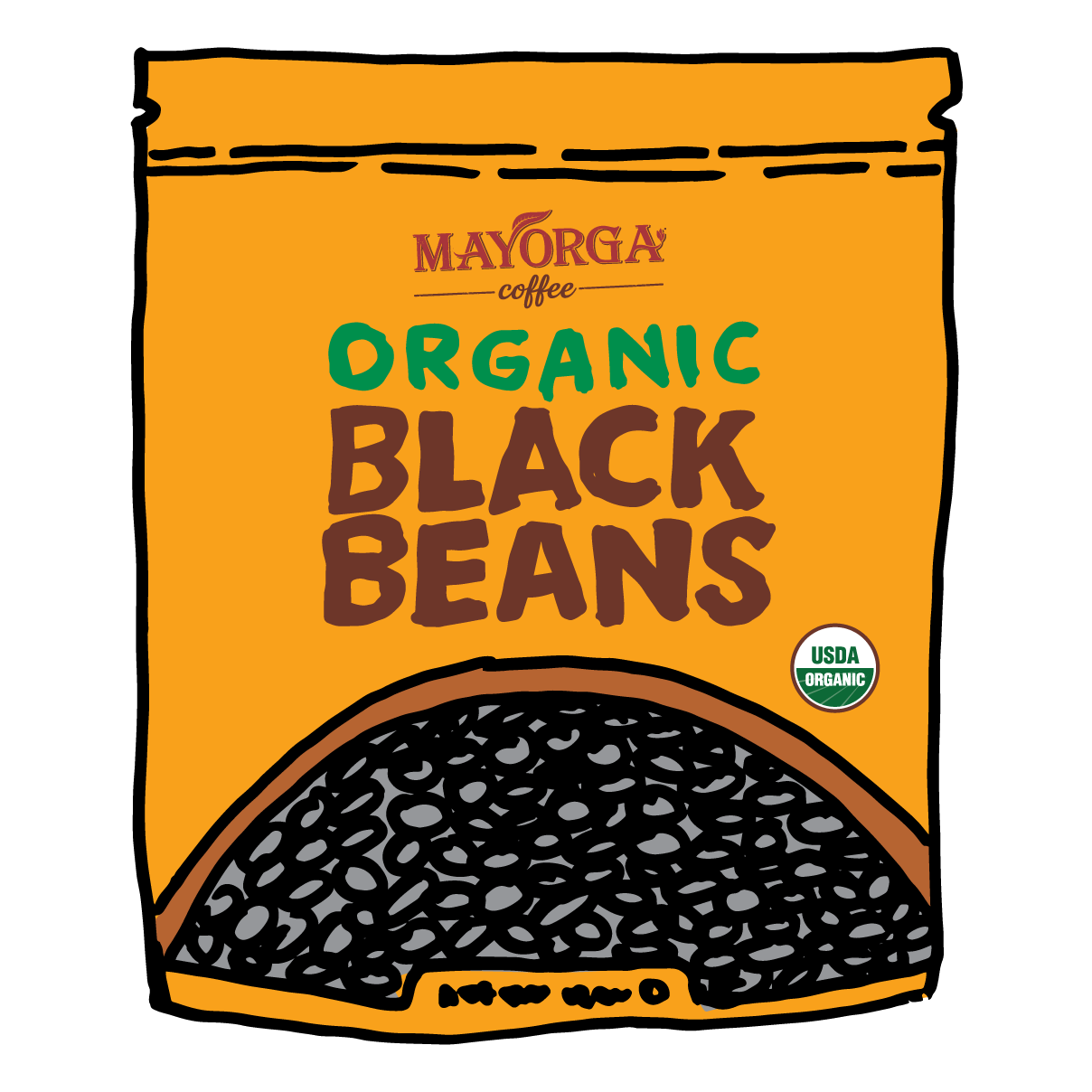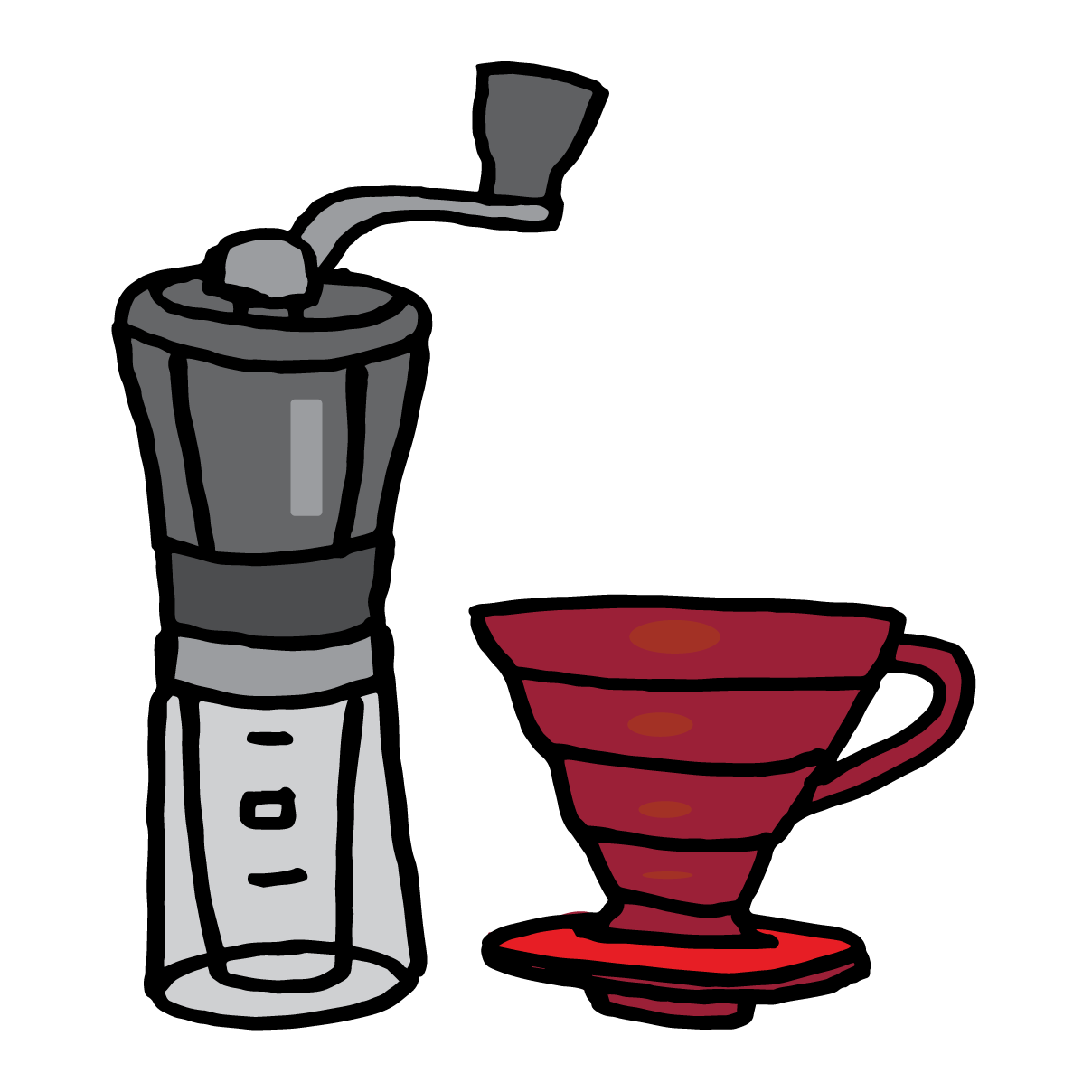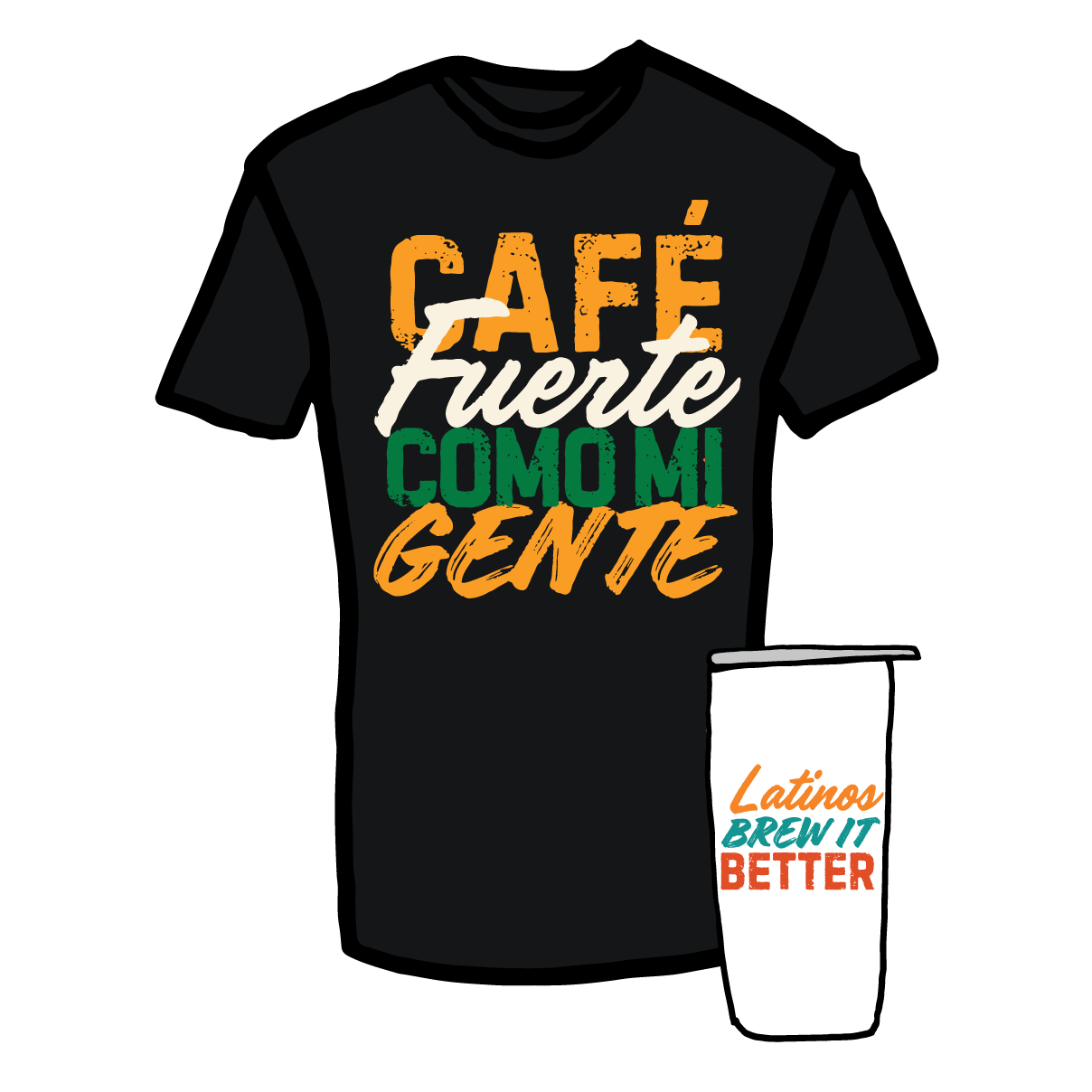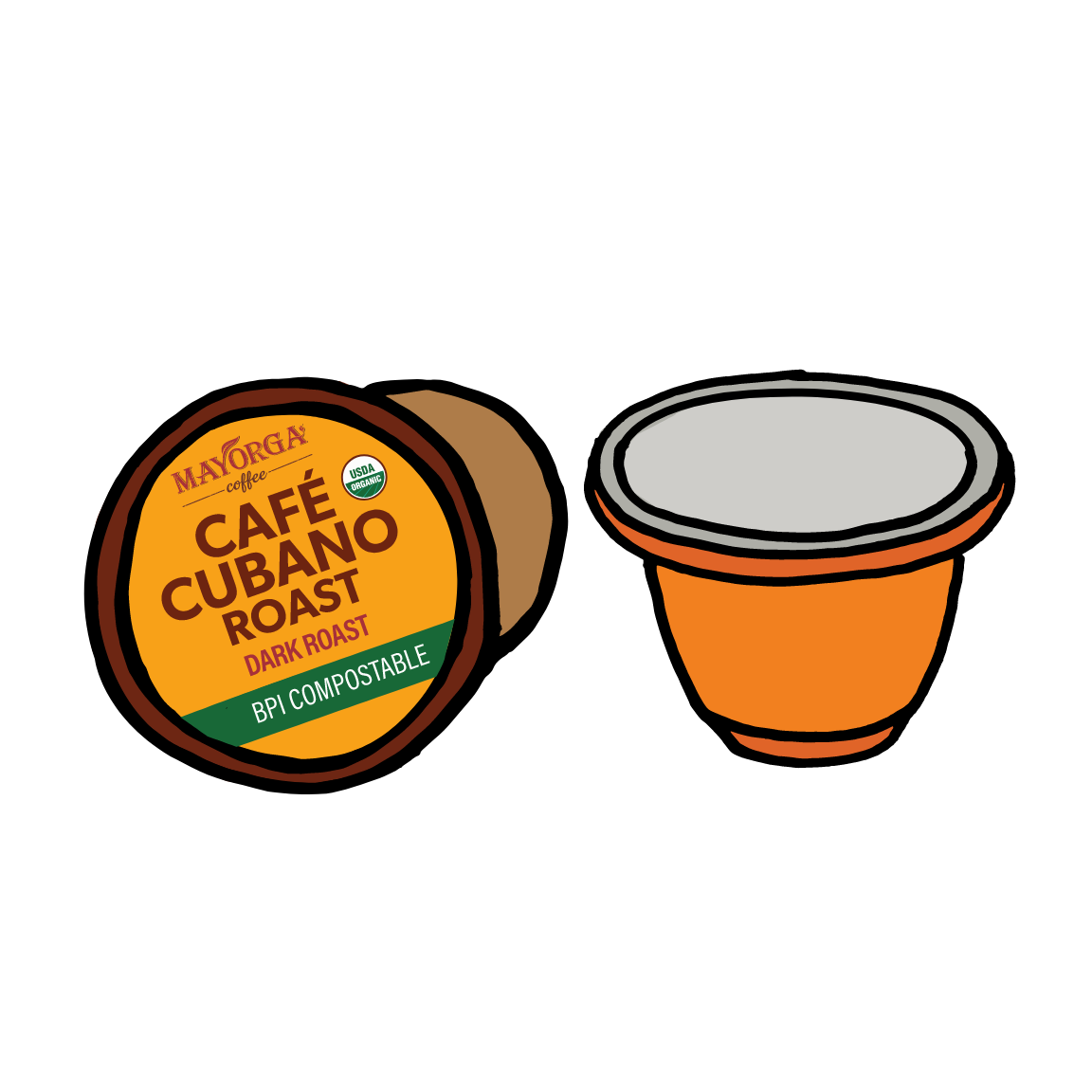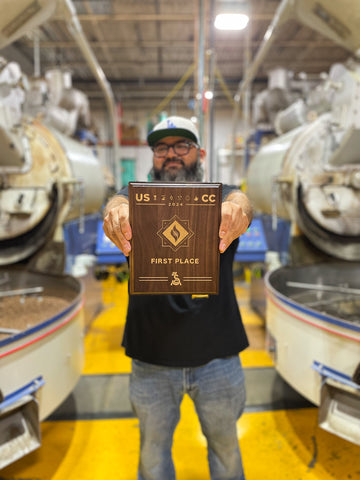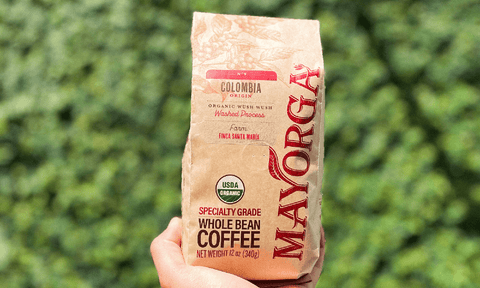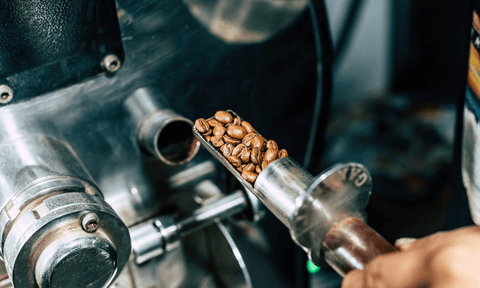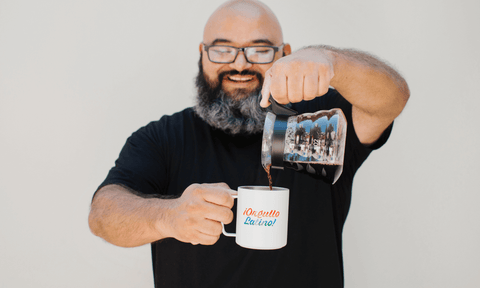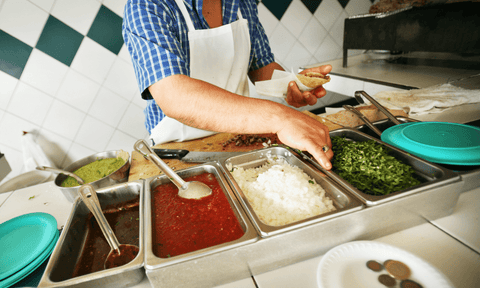Because there’s so much more to life than flat whites and cappuccinos.
"I started drinking café con leche with sugar from a 'sippy cup' when I was three years old," says our founder Martin Mayorga. "This seems to be a pretty standard childhood memory for people that grew up in Latin America."
Jump to:
For us, coffee is something that's all around us, often before we can even walk. It's an experience that is shared, whether we are three or 93.
We are also one of the most important coffee-drinking demographics in the US. According to a recent National Coffee Association report, Hispanic-Americans are the largest drinkers of "gourmet" coffee of any group. Basically, we like the good stuff, and we like a lot of it.
This might be because we have a strong coffee culture, and grow some of the world's best coffee beans. But also, it comes down to the little social interactions in which coffee plays a role and, above all, the warm feelings it conjures up with each and every sip.
With that in mind, we’ve rounded up four of the most popular and delicious coffee-based drinks we've given to the world.

Café con Leche
Nothing says "buenos días" like a sweet, homemade café con leche in the morning.
The beauty of café con leche lies in its simplicity: you don't need a fancy espresso machine or state-of-the-art brewing device to make it. A stovetop moka pot is ideal, but you can pretty much opt for anything you have at hand, from a traditional coffee maker to an on-the-go AeroPress. Just make sure you have the best quality coffee beans.
Like many coffee-based drinks with milk, a dark roast coffee tends to work best. This is because the sweetness of a dark roasted coffee complements the hot milk, creating a comforting drink that can be enjoyed morning, noon, or night.
Cafecito
The cafecito experience is an important part of what it means to be Latino. However, depending on where you are in Latin America, cafecito can be different.
Cafecito is often a ritual, a special moment, and an experience. It gives us the opportunity to discuss important things – or chismear.
Preparations differ from country to country. For Cubans, for instance, cafecito is café cubano, a concentrated coffee with brown sugar.
For Venezuelans, cafecito can be a milder black coffee, known as guayoyo; if milk is added, it becomes marrón.

Colada
Drinking colada is a shared experience. If you've ever been to Little Havana in Miami, you'll find ventanitas in which the coffee is served in a large styrofoam cup with small cups for sharing.
How you make the coffee (with a moka pot or espresso machine), doesn't really matter; what matters is that you make enough.
Food writer Mirtle Peña-Calderon notes: "Not only is it shared due to the strength of the coffee, but because those who partake in this drink use it as a moment to catch up and joke around with their friends."
Mirtle adds that an authentic colada must have a thick layer of sweet crema on top of the strong espresso.
"To get the crema just right, whisk about one tablespoon of the espresso with sugar until the mixture turns into foamy goodness, then slowly pour the remaining espresso over the foam and watch it rise to the top," she explains.
Café de Olla
"Cafe de olla is made with Mexican ground coffee beans, cinnamon, and raw dark sugar that we call piloncillo," Mely Martínez, a food blogger, explains.
"There's one thing that you would always find in my grandma's kitchen right next to the woodstove: the large enamel blue pot with coffee, no matter the time of day or the season of the year," she says.
"Why? I don't know but that old pot was there for as long as I can remember and my grandma would always welcome visitors with a warm cup of coffee. Those times are long gone but the memories are still there, especially on a cold day when a good cup of coffee from Mexico is all you need to warm you up."
Sweet and a little spicy, café de olla can be enjoyed with or without milk, and is best enjoyed in the morning (with gorditas de harina or huevos motuleños) or in the evenings (with conches or churros).
